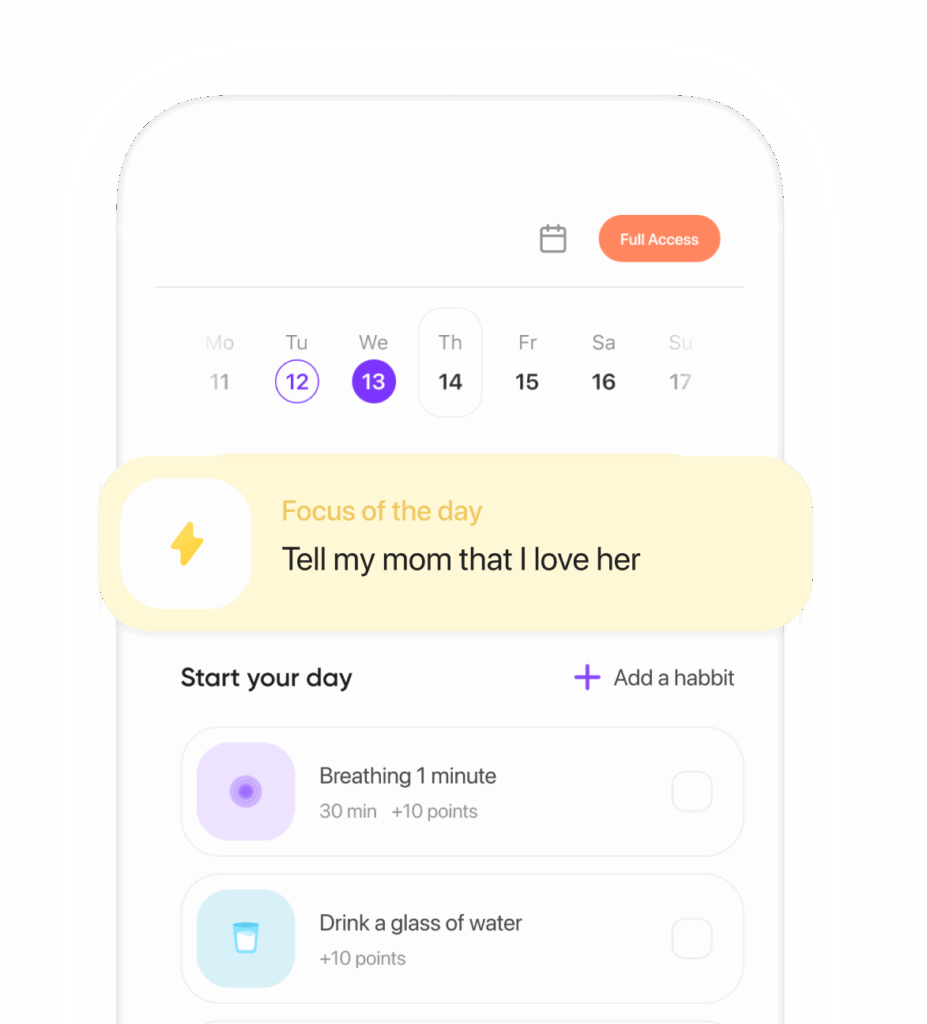Table of Contents
- Understanding Mindfulness
- Benefits of Mindfulness
- The Role of a Mindfulness Coach
- Stress Reduction Secrets from a Mindfulness Coach
- Implementing Mindfulness in Daily Life
- The Science Behind Mindfulness and Stress Reduction
- Conclusion
Understanding Mindfulness
Mindfulness means being in the moment. Fully there. It’s about recognizing our emotions, thoughts, and even those tiny bodily sensations—without casting judgment. Think about the chaos around us. We’re perpetually distracted, aren’t we? Mindfulness lets us reel ourselves back in, offering a solid anchor in the storm.
Benefits of Mindfulness
People talk about the wonders of mindfulness for a reason. Way back in 2003, the “Journal of Happiness Studies” unveiled how mindfulness can hike up overall well-being while dialing down psychological distress (Brown & Ryan). More recently, “JAMA Internal Medicine” had a systematic review highlighting that mindfulness meditation works wonders on anxiety, depression, and pain (Goyal et al., 2014).
The Role of a Mindfulness Coach
Enter the mindfulness coach—a professional who navigates you through this tranquility maze. They personalize strategies, empowering clients to weave mindfulness into their day-to-day. Result? Less stress, a brighter outlook, and an enriched life. Who wouldn’t want that?
Stress Reduction Secrets from a Mindfulness Coach
1. Breathing Techniques
Start with something as simple as breathing. Paying attention to each breath can flip the switch on your nervous system and usher in relaxation’s sweet embrace.
Practice: The 4-7-8 Breathing Technique
- Inhale through your nose for a count of four.
- Hold your breath for seven counts.
- Exhale entirely through your mouth for eight.
- Repeat three to four times.
The “Journal of Clinical Psychology” reported how focused breathing could impact emotional regulation and stress (Arch & Craske, 2006). Seriously.
2. Body Scan Meditation
For the uninitiated, body scan meditation is like checking in with each part of yourself, from head to toe. A bit weird at first, perhaps, but perfect for promoting self-awareness and alleviating stress-induced tension.
Practice: Quick Body Scan
- Either lie down or sit comfortably.
- Close your eyes… take deep breaths.
- Start at your feet—what do you feel?
- Move upwards through legs, torso, arms, and head.
- Pause at tense spots, breathing into them.
Back in the ’90s, “Clinical Psychology Review” shared findings that body scan meditation could ease chronic pain and bolster our mind-body link (Kabat-Zinn).
3. Mindful Walking
Daily routine got you down? Mindful walking might help. Think of it as the meditative way to make steps count; you focus on the act of walking itself.
Practice: Mindful Walking Exercise
- Find a peaceful spot where you won’t be bothered.
- Begin walking slowly, noticing how your legs and feet move.
- Observe your weight shift with each step.
- Sync your breath with the rhythm of your steps.
A 2009 study in the “International Journal of Behavioral Medicine” noted the impact of mindful walking on anxiety and depression (Strohle).
4. Mindful Journaling
Journaling seems to be the new yoga for the mind. With mindful journaling, there aren’t rules. Just start jotting down whatever comes to mind, judgment-free.
Practice: Daily Journaling
- Dedicate 10 minutes to writing every day.
- Capture your thoughts, feelings, and experiences.
- Don’t worry about making it perfect.
- Review what you’ve written and look for insights.
The “Journal of Health Psychology” in its research highlights how expressive writing decreases stress and fosters clarity (Pennebaker, 1997).
5. Gratitude Practice
Focusing on what you have rather than what lacks is what gratitude practice is all about. This shift can make all the difference.
Practice: Gratitude Journaling
- Each evening, scribble down three things you’re grateful for.
- Reflect on why you chose each.
- Notice changes in your mood over time.
“Personality and Individual Differences” did find that those practicing gratitude felt happier with less stress (Wood, Froh, & Geraghty, 2010).
Implementing Mindfulness in Daily Life
Creating a Mindfulness Routine
The magic word here is consistency. Keep at it, and you’ll surely see the fruits.
- Set Intentions: Start each day focusing on mindfulness.
- Schedule Practice: Assign dedicated slots for practice. Even 5-10 minutes count.
- Be Flexible: Remember, life happens. Adjust your practice without guilt.
- Seek Support: Look into joining groups or workshops for encouragement.
Overcoming Common Challenges
Challenges crop up; they always do. Here’s how to tackle them:
- Restlessness: Begin with brief sessions and increase over time.
- Doubt: Trust the journey, especially the small daily shifts.
- Inconsistency: Use reminders or apps to help you stay on track.
The Science Behind Mindfulness and Stress Reduction
Science backs mindfulness, no doubt about it. Researchers at “Psychosomatic Medicine” shared a groundbreaking study in 2010 spotlighting how mindfulness-based stress reduction significantly cuts down anxiety and depression symptoms (Bohlmeijer et al.).
Moreover, the way mindfulness transforms our brains is fascinating. “Biological Psychology” in 2011 explained how these practices tweak brain areas involved in focus, emotional regulation, and self-awareness (Hölzel et al.).
Conclusion
Welcoming mindfulness into your world won’t erase stress entirely, but it’ll hand you the tools to manage it better. With a mindfulness coach as a guide, the paths are laden with invaluable stress reduction secrets leading to a more harmonious and satisfying life. Why not embrace mindfulness? Start your journey toward self-discovery and well-being.
Considering diving into personalized mindfulness practices? Check out Habyy today!
Ready to transform your life? Install now ↴
Join 1.5M+ people using AI-powered app for better mental health, habits, and happiness. 90% of users report positive changes in 2 weeks.
